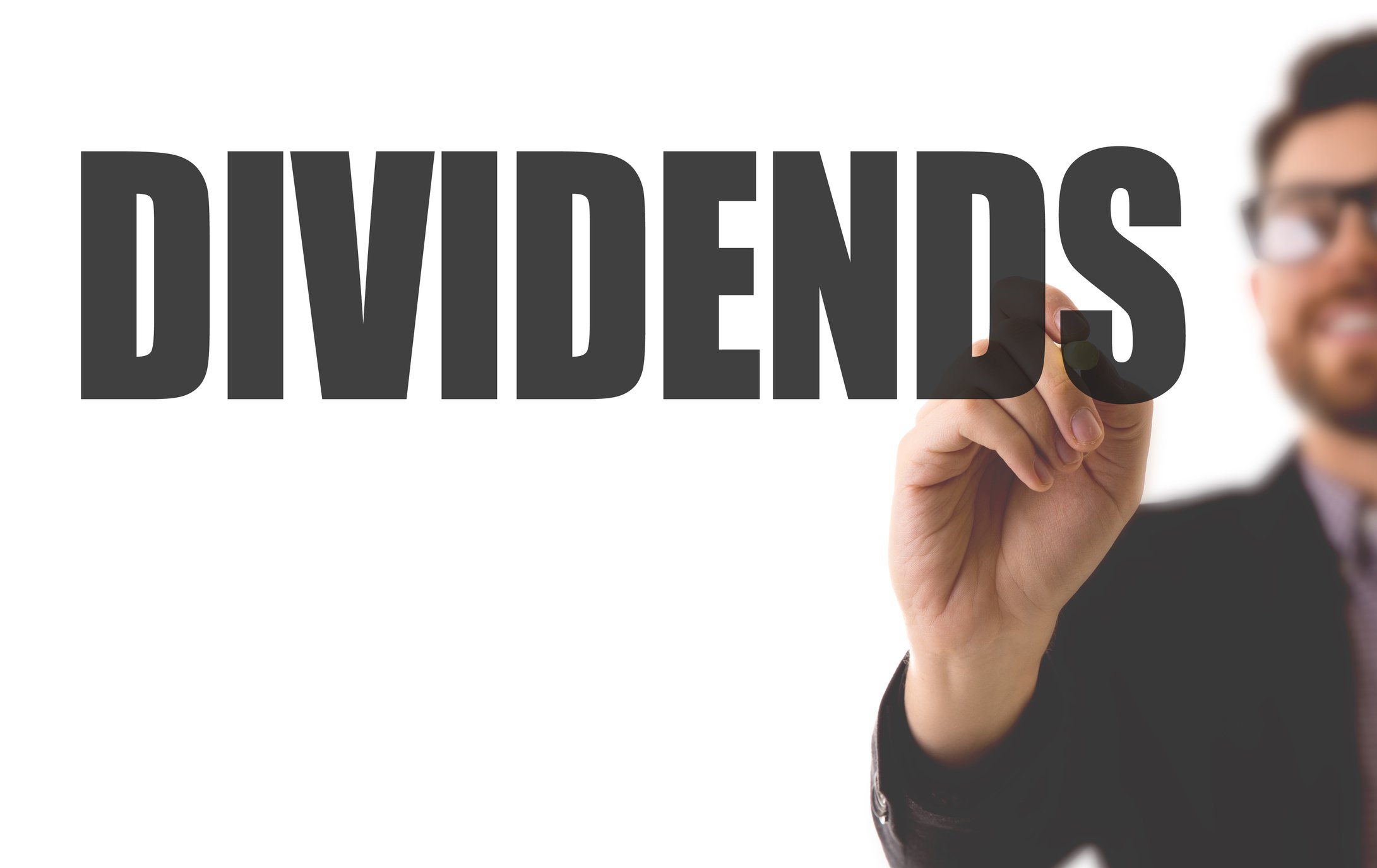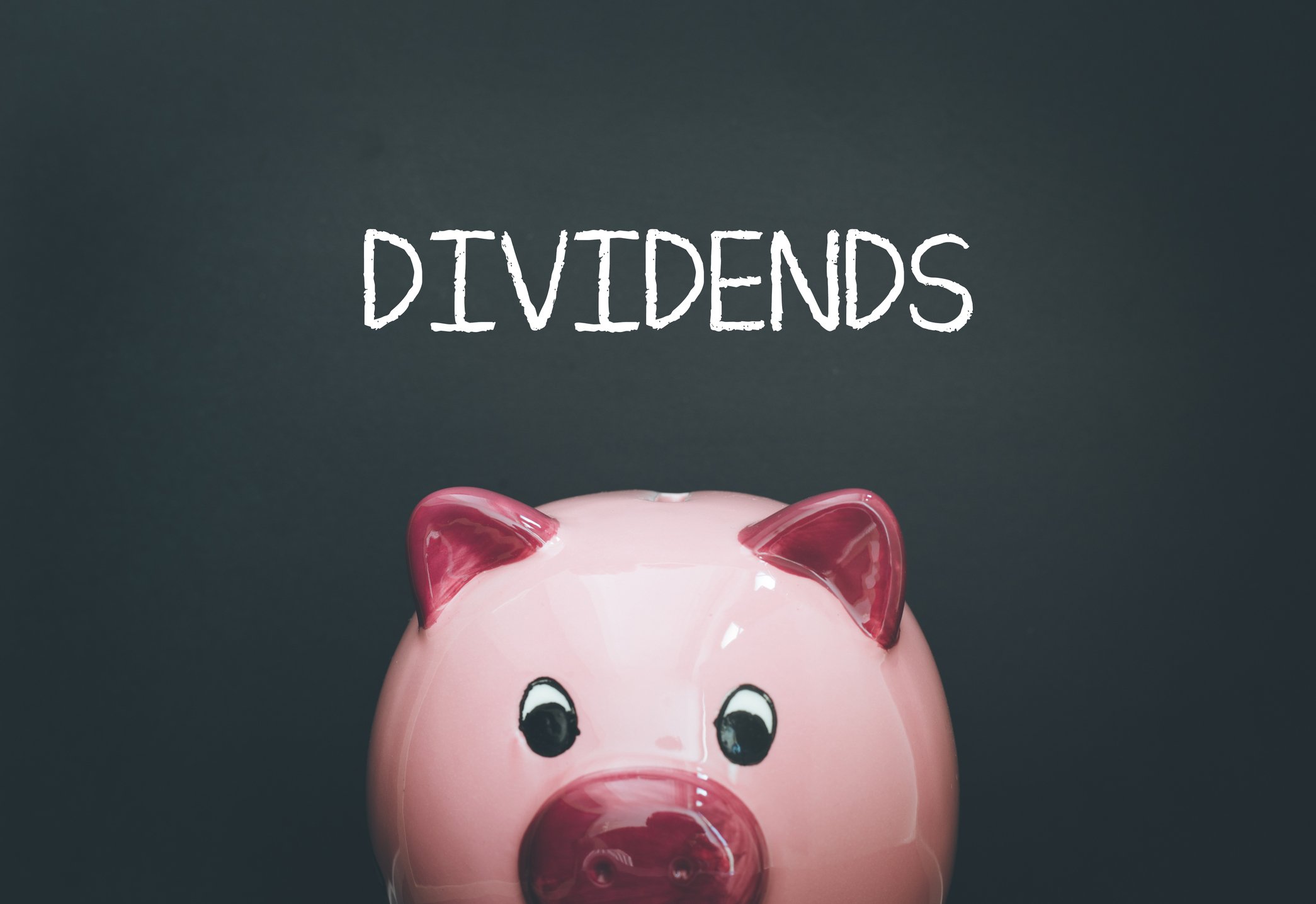As you move through your sixth decade of life, your investment goals shift from capital growth to capital preservation and income generation to reliably supplement your Social Security checks. When it comes to your portfolio, you'll definitely be examining different types of stocks, such as Enterprise Products Partners L.P. (EPD +0.67%) and International Business Machines Corp. (IBM +2.13%). If you're in your 60s today, in fact, these are two stocks you might want to consider buying right now.
1. A brief slowdown
Enterprise Products Partners is one of the largest midstream oil and natural gas companies in the United States. It has an asset base that would be hard, if not impossible, to replicate, including pipelines, processing facilities, storage, terminals, and ships. The vast majority of its top line comes from fees, which means demand for oil, gas, and their byproducts are more important than often volatile energy prices.

Laying a solid and thoughtful foundation is key to building a good portfolio. Image source: Getty Images.
Enterprise has had a great run as it's built this giant business, rewarding investors well along the way. To put a number on it, the distribution has been increased for 20 consecutive years. The yield is around 6.7%, which is huge relative to the 2% or so you'd get from an S&P 500 index fund.
There's a change taking place at the partnership today, however, that will set it up for an incredibly strong future. Generally speaking, partnerships fund growth by issuing units and debt. The problem is that new units dilute current unitholders. Enterprise is slowing its distribution growth in the near term to the low single digits so that it can self-fund growth, reducing the need to issue new units.
This is something of a sea change in the partnership model and should make Enterprise an even more dominant industry leader. And you'll be getting paid very well to wait for this strategic shift -- one that will make a strong partnership even stronger. It's just the type of business you'll want to own if you are in your 60s.
2. Adding a little technology with a decent yield
IBM's dividend isn't nearly as high, at roughly 3.8%. However, this technology giant allows you relatively high-yield exposure to an important industry that isn't exactly known for high yields. (The Technology Select Sector SPDR Fund's yield is a paltry 1.4%.) And IBM has more than a 20-year history of annual dividend increases backing up its above-market yield.
If you've paid any attention to the press, however, you know that IBM is in the middle of a long and painful business overhaul. It's changed before in its 100-year-plus history, shifting from scales to mainframe computers to personal computers to services. There's no reason to believe it can't do so again. That said, the current shift toward in-demand businesses such as cloud computing, artificial intelligence, and security has led to over five years' worth of top-line declines. It's been rough.
IBM Dividend Yield (TTM) data by YCharts
But that's why the yield is so high relative to other tech names and IBM's own history. The third quarter, however, saw some very positive news -- the top-line decline was just 0.4%, roughly flat. And the new businesses on which it's focusing now make up nearly 50% of the top line, a key turning point for the tech company. If you like the idea of having technology exposure in your portfolio, now is a good time to look at IBM, before the turnaround gains any more momentum and the high yield goes away.
Time for a deep dive
Enterprise is an industry leader in the midstream space that's looking to make itself an even more dominant name. Although you'll have to deal with relatively slow distribution growth for a year or two, the 6.7% yield is generous enough that it's worth the wait. IBM, however, is a little more time-sensitive. The current yield is still relatively high, but if the third quarter starts to convince investors that a business turn is drawing near, waiting could mean missing your opportunity to add the tech giant to your portfolio.









